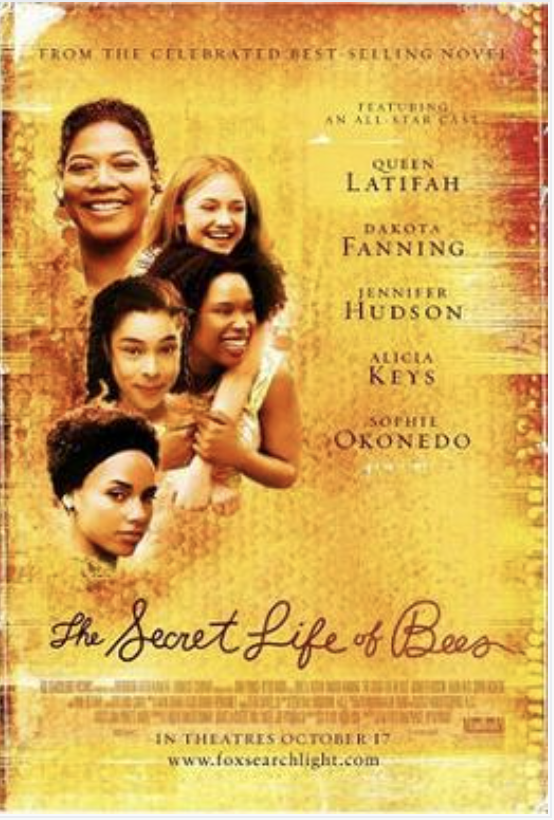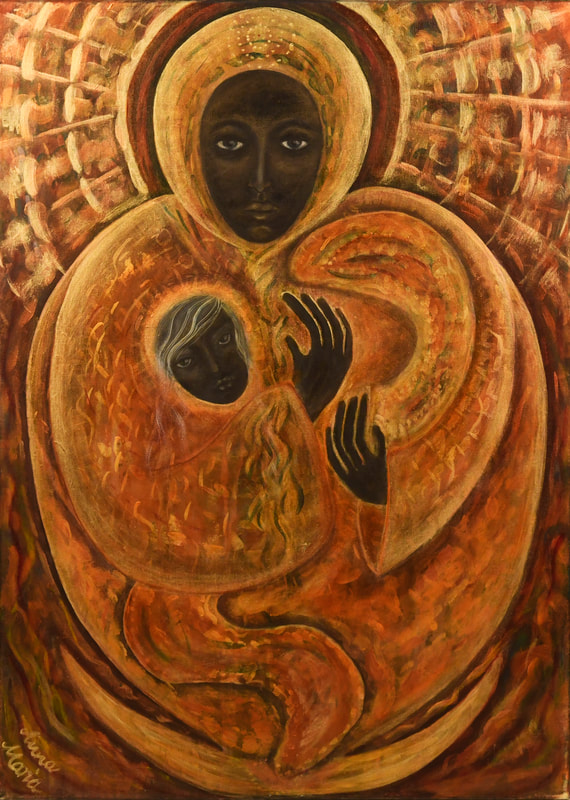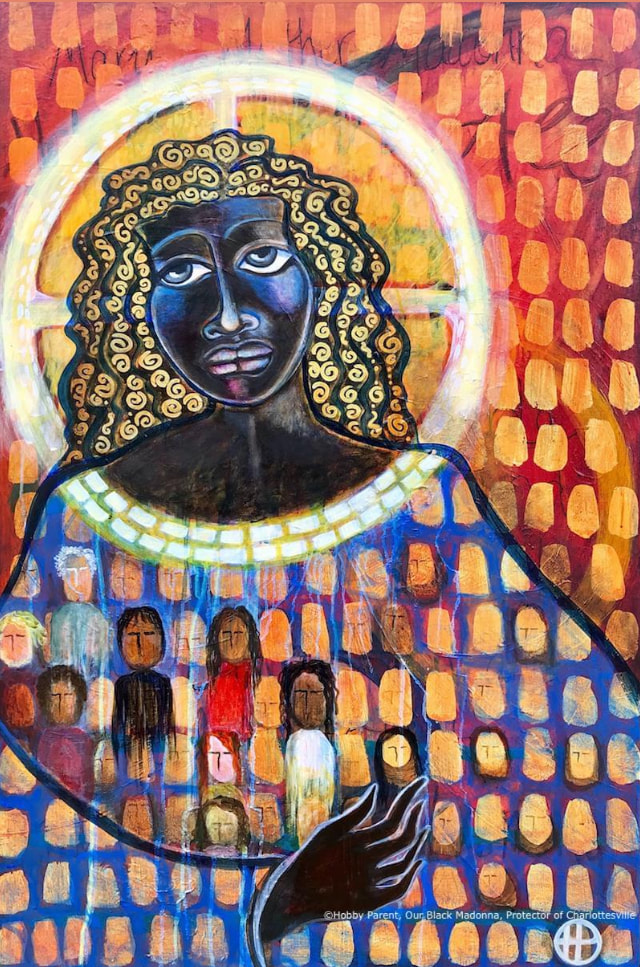Pilgrimage and the Black Madonna
God, every night is hard.
Always there are some awake,
who turn, turn, and do not find you.
Don’t you hear them crying out as they go farther
and farther down?
Surely you hear them weep; for they are weeping.
I seek you, because they are passing right by my door.
Whom should I turn to, if not the one whose darkness
is darker than night,
the only one who keeps vigil with no candle,
and is not afraid – the deep one,
whose being I trust,
for She flows through the earth into the trees,
and when I bow my head, She rises,
faint as the fragrance from the dark soil.
~Rainer Maria Rilke, The Book of Hours I
In the Middle Ages the sanctuary of the Black Madonna became a destination stop on the pilgrimage route to Santiago de Compostela. Saints, kings, queens and untold millions of ordinary people have come here seeking the blessings of the Vierge Noire. For some, it has been a life changing experience. Ignatius of Loyola for example, laid down his warrior's sword at her feet and thereafter dedicated his life to education and contemplation.
There are so many ways to explore this fertile territory: through image, story, history, legend. While many people have a religious devotion to particular Black Madonnas as images of the Virgin Mary, for others, they carry ancient echoes of other Mother Goddess figures like Isis, Demeter, Artemis and Cybele. I have found it particularly rich to approach these powerful images from a cross cultural mythological and depth psychology perspective. What do they say to you in the depths of your own heart?
An excellent online guide to finding Black Madonnas is Ella Rozett's website, Interfaith Marian Pilgrimages .here. Ella has spent decades cataloguing Black Madonnas around the world, archiving pictures, legends and historical facts about them.
The movie The Secret Life of Bees, tells a coming of age story of a young white girl who finds refuge from an abusive father in a household of beautiful, strong black women during the Civil Rights movement in the South. Adapted from the marvelous book of the same name by Sue Monk Kidd, it touches on all of the archetypal themes of the Black Madonna: liberation, empowerment, the holding of grief and fierce compassion. Sue Monk Kidd was deeply inspired in her imagination by her own pilgrimage to the Black Madonnas of France. You can read more about that journey with her daughter in the memoirTraveling with Pomegranates.
There are many writers who feel there is a connection between the Black Madonnas and Mary Magdalene. Here are a few resources if this avenue of exploration calls to you:
Anne Baring ( co- author with Jules Cashford of Return fo the Goddess) has written an article available here.
Tanya Torres 's website has several articles including Mary Magdalene and the Black Madonna
Ian Begg's book Cult of the Black Madonna
Margaret Starbird's Woman with the Alabaster Jar
Anne Baring ( co- author with Jules Cashford of Return fo the Goddess) has written an article available here.
Tanya Torres 's website has several articles including Mary Magdalene and the Black Madonna
Ian Begg's book Cult of the Black Madonna
Margaret Starbird's Woman with the Alabaster Jar
Marion Woodman was a brilliant depth psychologist whose own journey to wholeness and integration was marked by her encounters with the Black Madonna and whose work focused on embodiment. Below is a video clip of Andrew Harvey's interview with this renowned Jungian.
The crown of Day 2 was the sharing of images by a number of contemporary artists and the "messages" they received in the course of their painting.
The two images above are by Anna Maria Michalski who resides in Berlin, Germany. You can find out more about Anna Maria at her website here. . The beautiful message she received about innocence is below:
| blackmadonnachildinnocence__1_.pdf | |
| File Size: | 47 kb |
| File Type: | |
Read about Hobby Parent's "Our Lady of Charlottesville " (above) here.
Nothing is Ever Lost by Nicole Hague Andrews. Discover her wonderful website of haiku and art
Black Madonna by Marie Aguilera
Click the videos below to hear iconographer Sue Ellen Parkinson talk about her process. You can order prints of her heart-opening images of the Sacred Feminine on website here.
|
|
|
Below is Sue Ellen's model, dancer Rachel Sanders, dancing to Cuncti Simus Concanentes from the Llibre Vermell.
Contact Kayleen Asbo: [email protected]









